Home>Gardening & Outdoor>Plant Care & Gardening Tips>When To Plant Native Grass In Kansas
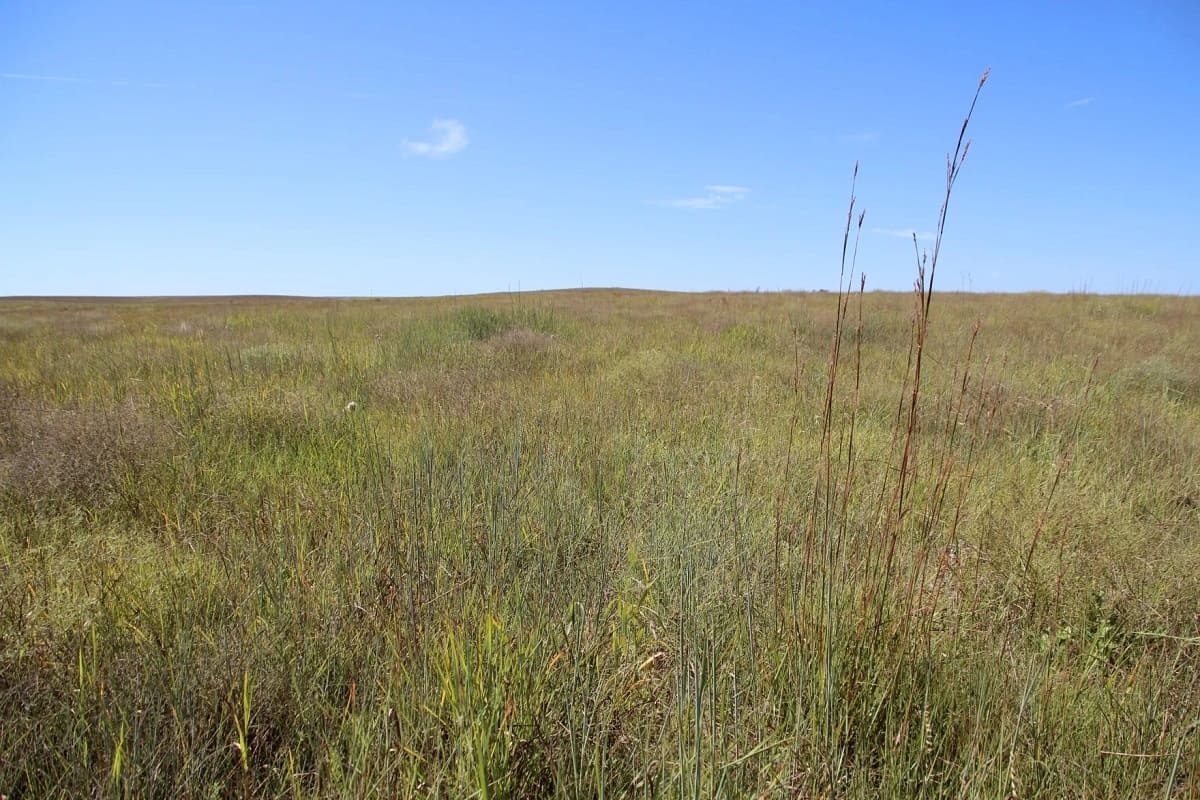

Plant Care & Gardening Tips
When To Plant Native Grass In Kansas
Modified: August 17, 2024
Discover the best time to plant native grass in Kansas with expert plant care and gardening tips. Ensure a successful and vibrant garden with our helpful advice.
(Many of the links in this article redirect to a specific reviewed product. Your purchase of these products through affiliate links helps to generate commission for Storables.com, at no extra cost. Learn more)
Introduction
Welcome to the wild, wonderful world of native grasses in Kansas! Whether you're a seasoned gardener or just starting out, understanding the unique beauty and benefits of native grasses can significantly enrich your gardening experience. In this comprehensive guide, we'll delve into the captivating realm of native grasses, exploring the best practices for planting and caring for these resilient and ecologically vital plants in the Kansas landscape.
Native grasses play a crucial role in maintaining the ecological balance of Kansas's diverse habitats. From the tallgrass prairies in the eastern regions to the mixed-grass and shortgrass prairies in the west, Kansas boasts a rich tapestry of native grass species that have adapted to thrive in various environmental conditions. By incorporating these indigenous grasses into your landscape, you not only celebrate the natural heritage of the region but also contribute to the preservation of its unique biodiversity.
In this article, we'll discuss the factors to consider before planting native grasses, the best time for planting, and the essential steps for successful establishment. Additionally, we'll explore the maintenance and care practices that will ensure the longevity and vitality of your native grasses. So, grab your gardening gloves and get ready to embark on a journey that celebrates the beauty and resilience of Kansas's native grasses!
Key Takeaways:
- Embrace the beauty and resilience of native grasses in Kansas to create sustainable landscapes that celebrate the region’s natural heritage and support diverse wildlife populations.
- Carefully consider soil, sunlight, water, and wildlife impact before planting native grasses in Kansas, and follow essential steps for successful establishment and long-term vitality.
Read more: When To Plant Grass Seed In Kansas City
Understanding Native Grasses in Kansas
Native grasses are an integral part of Kansas’s natural heritage, and understanding their unique characteristics is essential for successful gardening endeavors. Kansas is home to a diverse array of native grass species, each with its own distinct features and ecological significance.
One of the most iconic native grasses in Kansas is the Big Bluestem (Andropogon gerardii), often referred to as the “king of the prairie.” This majestic grass can reach heights of 5 to 8 feet, with bluish-green stems and distinctive three-parted seed heads. Its deep root system makes it exceptionally resilient, allowing it to withstand drought and support a myriad of wildlife species.
Little Bluestem (Schizachyrium scoparium) is another notable native grass, commonly found in the tallgrass prairies of eastern Kansas. With its striking blue-green foliage that turns coppery in the fall, Little Bluestem adds a touch of elegance to the landscape while providing valuable habitat for birds and insects.
Switchgrass (Panicum virgatum) is a versatile native grass known for its adaptability to various soil types, making it a valuable component of conservation plantings and erosion control efforts. Its dense root system and nutrient-rich foliage make it an excellent choice for stabilizing slopes and enriching the soil.
Understanding the growth habits, ecological roles, and preferred growing conditions of native grasses is crucial for selecting the right species for your specific gardening goals. Whether you aim to create a wildlife-friendly habitat, restore native prairie ecosystems, or simply add aesthetic appeal to your landscape, the diverse palette of native grasses in Kansas offers a multitude of possibilities.
By embracing the inherent beauty and resilience of native grasses, gardeners in Kansas can contribute to the preservation of the state’s natural heritage while creating sustainable and biodiverse landscapes that thrive for generations to come.
Factors to Consider Before Planting
Before diving into the rewarding endeavor of planting native grasses in Kansas, it’s essential to consider several factors that can significantly impact the success of your gardening project. By carefully evaluating these key elements, you can make informed decisions and create an environment where native grasses can thrive.
- Soil Composition: Understanding the composition and quality of your soil is crucial for selecting native grass species that are well-suited to the specific conditions of your landscape. Whether your soil is loamy, sandy, or clay-rich, different native grasses exhibit varying degrees of adaptability to different soil types. Conducting a soil test can provide valuable insights into the pH levels, nutrient content, and drainage characteristics of your soil, guiding you in choosing the most suitable grass species for optimal growth.
- Sunlight Requirements: Native grasses exhibit diverse preferences for sunlight, ranging from full sun to partial shade. Assess the sunlight patterns in your garden or landscape to determine the best locations for planting different grass species. By aligning the sunlight requirements of native grasses with the available light conditions, you can create thriving microhabitats that support the growth and vitality of these resilient plants.
- Water Availability: Considering the water availability and drainage patterns in your area is essential for selecting native grasses that can withstand the local precipitation levels and soil moisture conditions. Some native grass species, such as Switchgrass and Indiangrass, are well-adapted to drier, upland habitats, while others, like Sideoats Grama, thrive in well-drained, moderately moist soils. By matching the water requirements of native grasses with the natural moisture levels of your landscape, you can establish resilient and sustainable plantings.
- Wildlife and Ecological Impact: Native grasses play a vital role in supporting diverse wildlife species, including birds, pollinators, and small mammals. Consider the potential ecological impact of native grass plantings on local wildlife populations and their habitats. By selecting native grass species that provide food and shelter for wildlife, you can contribute to the conservation of biodiversity while creating dynamic and vibrant landscapes.
By carefully evaluating these factors and conducting a thorough assessment of your gardening environment, you can lay a solid foundation for successful native grass plantings in Kansas. Embracing the unique characteristics of your landscape and the ecological roles of native grasses will enrich your gardening experience and foster a deeper connection to the natural heritage of the region.
Best Time to Plant Native Grass in Kansas
Timing is of the essence when it comes to planting native grasses in Kansas, as it directly influences the establishment and long-term success of these resilient plants. Understanding the seasonal rhythms and climatic patterns of the region is crucial for determining the best time to embark on your native grass planting journey.
Spring and fall stand out as the optimal seasons for planting native grasses in Kansas, each offering unique advantages for successful establishment. Spring plantings, typically carried out between March and May, benefit from the increasing daylight and moderate temperatures, creating favorable conditions for root development and initial growth. Additionally, spring plantings align with the natural growth cycles of many native grass species, enabling them to acclimate and thrive in their new environment.
On the other hand, fall plantings, conducted from late September to early November, harness the cooling temperatures and ample moisture of the season to promote robust root growth and establishment before the onset of winter dormancy. Fall plantings allow native grasses to develop strong root systems throughout the winter, setting the stage for vigorous growth and resilience in the following spring.
By aligning your planting schedule with the seasonal dynamics of Kansas, you can maximize the chances of success and ensure the long-term vitality of your native grass plantings. Whether you opt for the rejuvenating energy of spring or the preparatory calm of fall, thoughtful timing can significantly enhance the resilience and adaptability of native grasses in your landscape.
It’s important to note that the specific timing for planting native grasses may vary based on the local climate, soil conditions, and the targeted species. Consulting with local gardening experts or native plant nurseries can provide valuable insights tailored to the unique nuances of your gardening environment, empowering you to make informed decisions and create thriving habitats for native grasses in Kansas.
Plant native grass in Kansas in the spring, after the last frost but before the hot summer months. This allows the grass to establish strong roots before the heat sets in.
Steps for Planting Native Grass in Kansas
Embarking on the journey of planting native grasses in Kansas is a rewarding endeavor that requires careful planning and thoughtful execution. By following a series of essential steps, you can create a thriving habitat for native grasses, enriching your landscape with ecological diversity and natural beauty.
- Site Preparation: Begin by preparing the planting site, ensuring that the soil is free of debris, weeds, and competing vegetation. Clearing the area of unwanted growth and gently tilling the soil can create an optimal environment for native grass establishment.
- Species Selection: Choose native grass species that are well-adapted to the specific growing conditions of your landscape, considering factors such as soil type, sunlight exposure, and moisture levels. Selecting a diverse mix of grass species can enhance the ecological resilience and aesthetic appeal of your plantings.
- Seed Sowing: Depending on the selected species, sow the native grass seeds at the recommended depth and spacing, ensuring good soil-to-seed contact for successful germination. Consider using a seed drill or broadcast spreader for even distribution, and gently rake the soil surface to cover the seeds to the appropriate depth.
- Watering and Establishment: After sowing the seeds, provide adequate moisture to support germination and early growth. Depending on the species and soil conditions, regular watering may be necessary to facilitate establishment. Monitoring the soil moisture and adjusting the watering regimen accordingly is crucial for promoting healthy growth.
- Maintenance: Implement a proactive maintenance plan to support the ongoing health and vitality of the native grasses. This may include weed control, periodic mowing or burning (if appropriate for the species), and monitoring for pests or diseases. Additionally, consider incorporating native wildflowers and forbs to complement the grassland ecosystem and enhance biodiversity.
- Long-Term Care: As the native grasses establish and mature, continue to provide attentive care, including occasional fertilization, if needed, and monitoring for signs of stress or competition from invasive species. Embracing a long-term perspective and nurturing the evolving landscape will foster a resilient and thriving native grass community.
By diligently following these steps and staying attuned to the unique characteristics of your landscape, you can cultivate a vibrant tapestry of native grasses that celebrates the natural heritage of Kansas and contributes to the preservation of its diverse ecosystems.
Read more: When To Plant California Native Plants
Maintenance and Care for Native Grasses
Once your native grasses have taken root in the Kansas soil, providing attentive maintenance and care is crucial for nurturing their long-term health and vitality. By implementing thoughtful practices and staying attuned to the evolving needs of these resilient plants, you can create a thriving grassland ecosystem that harmonizes with the natural rhythms of the region.
Weed Management: Regularly monitor the planting area for invasive weeds and competing vegetation that may hinder the growth of native grasses. Implement targeted weed control measures, such as hand-pulling or spot treatments, to maintain the integrity of the grassland habitat and minimize competition for essential resources.
Mowing and Trimming: Depending on the specific native grass species and the desired aesthetic or ecological outcomes, consider implementing a strategic mowing or trimming regimen. For warm-season grasses, mowing in late winter or early spring can help rejuvenate the stand and promote vigorous growth. Conversely, allowing cool-season grasses to stand through the winter can provide valuable habitat and visual interest.
Prescribed Burning: In certain contexts, prescribed burning can be a valuable tool for maintaining the health and diversity of native grasslands. When conducted under controlled conditions and in accordance with local regulations, prescribed burns can help manage thatch buildup, suppress invasive species, and stimulate the regeneration of native grasses. It’s essential to seek guidance from experienced professionals and adhere to established protocols when considering prescribed burning.
Monitoring for Pests and Diseases: Regularly inspect the native grass stand for signs of pest infestations or disease outbreaks. By promptly identifying and addressing potential threats, such as grasshoppers, fungal infections, or rust diseases, you can safeguard the resilience of the grassland ecosystem and mitigate potential damage.
Seasonal Considerations: Adapt your maintenance practices to align with the seasonal dynamics of native grasses in Kansas. During periods of active growth, provide supplemental irrigation if needed, and monitor for signs of nutrient deficiencies. In the dormant season, focus on habitat preservation and wildlife support, allowing the grasses to fulfill their ecological roles.
Enhancing Biodiversity: Consider integrating native wildflowers, forbs, or shrubs into the grassland landscape to enhance biodiversity and provide valuable resources for pollinators and wildlife. The dynamic interplay between grasses and flowering plants can enrich the ecological tapestry of the habitat, fostering a resilient and balanced ecosystem.
By embracing a holistic approach to maintenance and care, you can cultivate a vibrant and sustainable native grassland that embodies the enduring spirit of Kansas’s natural heritage. Nurturing the resilience and diversity of native grasses contributes to the preservation of the region’s unique ecosystems, enriching the landscape for generations to come.
Conclusion
As we conclude our exploration of planting and caring for native grasses in Kansas, we’re reminded of the profound impact that these resilient plants have on the ecological richness and natural beauty of the region. By embracing the unique characteristics of native grasses and integrating them into our landscapes, we celebrate the enduring legacy of Kansas’s prairie heritage and contribute to the preservation of its diverse ecosystems.
Throughout this journey, we’ve delved into the essential factors to consider before planting native grasses, emphasizing the importance of soil composition, sunlight requirements, water availability, and ecological impact. By carefully evaluating these elements, gardeners can create thriving habitats that support the resilience and biodiversity of native grasses.
The best time to plant native grasses in Kansas, whether in the rejuvenating energy of spring or the preparatory calm of fall, aligns with the seasonal rhythms of the region, setting the stage for successful establishment and long-term vitality. Thoughtful timing, informed by the local climate and species-specific considerations, is pivotal for the success of native grass plantings.
Guided by a series of essential steps for planting native grasses, gardeners can embark on a journey that nurtures the growth and resilience of these resilient plants. From site preparation and species selection to seed sowing and long-term care, each step contributes to the creation of vibrant and sustainable grassland habitats.
Maintenance and care practices play a pivotal role in sustaining the health and diversity of native grasses in Kansas. By implementing proactive weed management, strategic mowing or trimming, prescribed burning where appropriate, and vigilant monitoring for pests and diseases, gardeners can foster thriving grassland ecosystems that harmonize with the natural rhythms of the region.
As we reflect on the intricate tapestry of native grasses that grace the Kansas landscape, we’re inspired to cultivate landscapes that honor the resilience, beauty, and ecological significance of these remarkable plants. By embracing the legacy of native grasses, gardeners in Kansas can create enduring habitats that enrich the fabric of the region’s natural heritage and provide a haven for wildlife and biodiversity.
So, whether you’re tending to a small prairie garden or restoring vast grassland expanses, the journey of planting and caring for native grasses in Kansas embodies a profound connection to the land and a commitment to preserving the timeless splendor of the prairie. As we nurture the resilience and diversity of native grasses, we sow the seeds of a sustainable and vibrant future for Kansas’s natural landscapes.
Frequently Asked Questions about When To Plant Native Grass In Kansas
Was this page helpful?
At Storables.com, we guarantee accurate and reliable information. Our content, validated by Expert Board Contributors, is crafted following stringent Editorial Policies. We're committed to providing you with well-researched, expert-backed insights for all your informational needs.
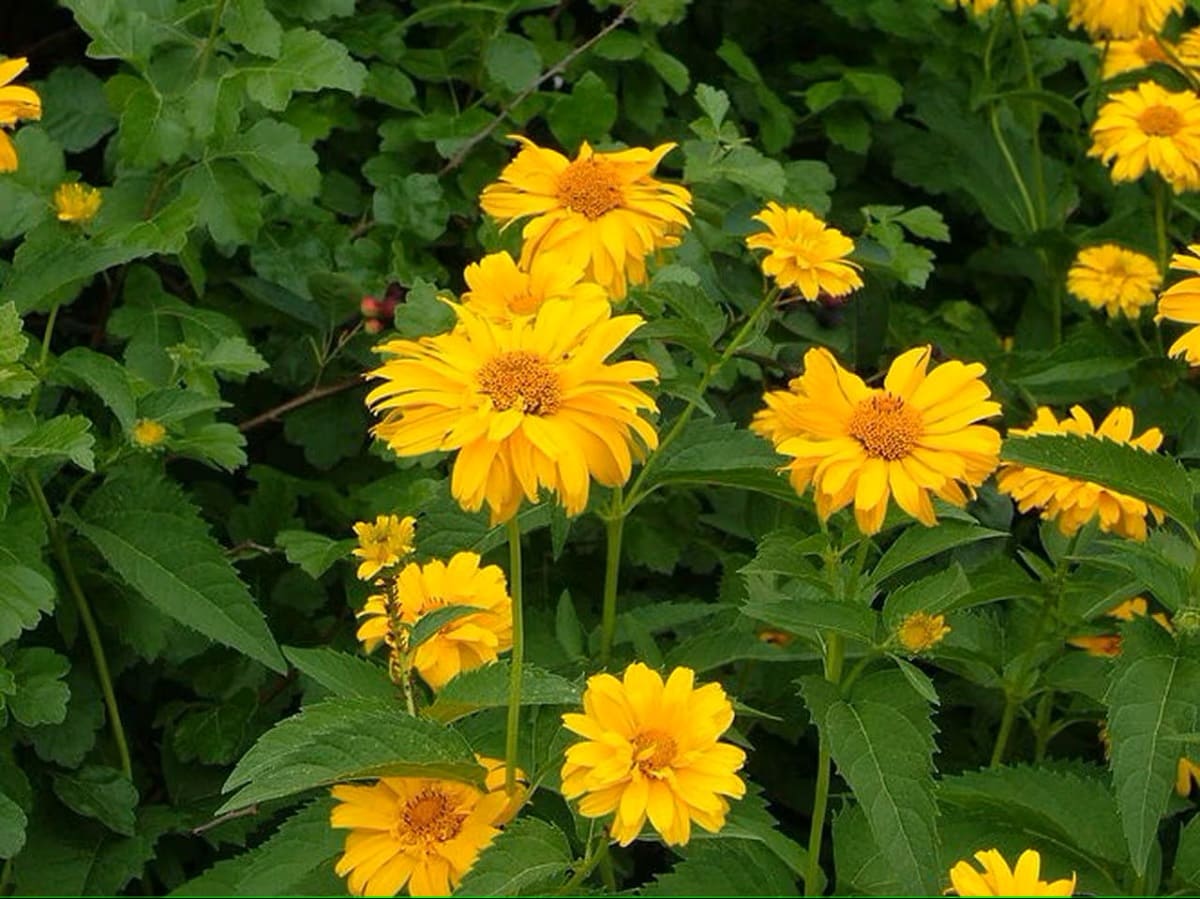
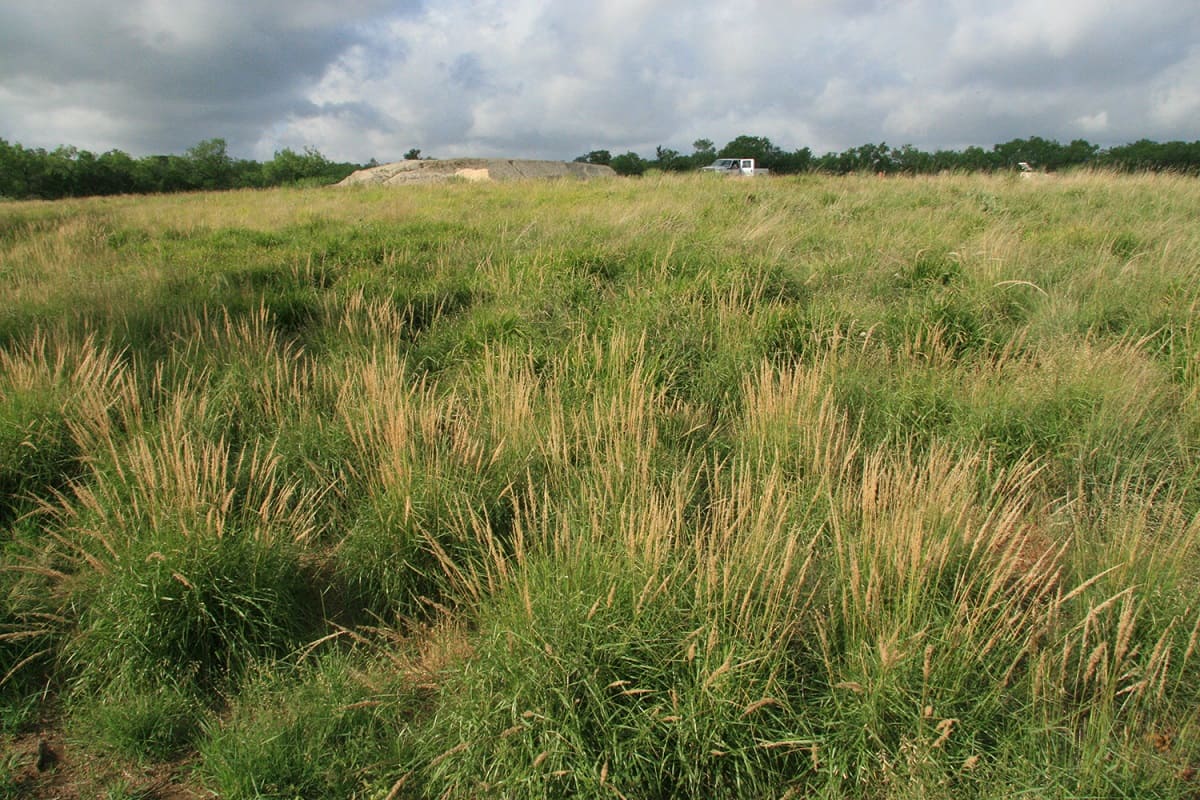
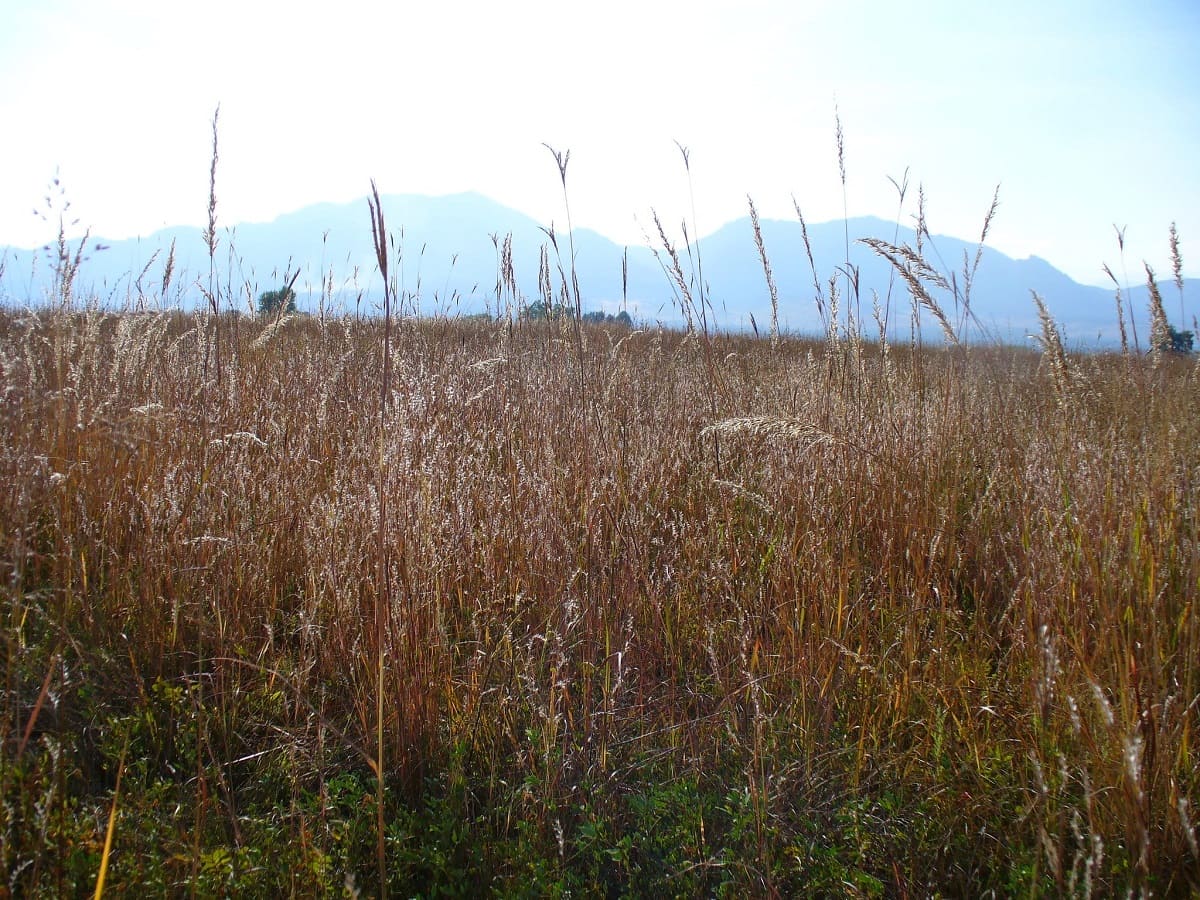
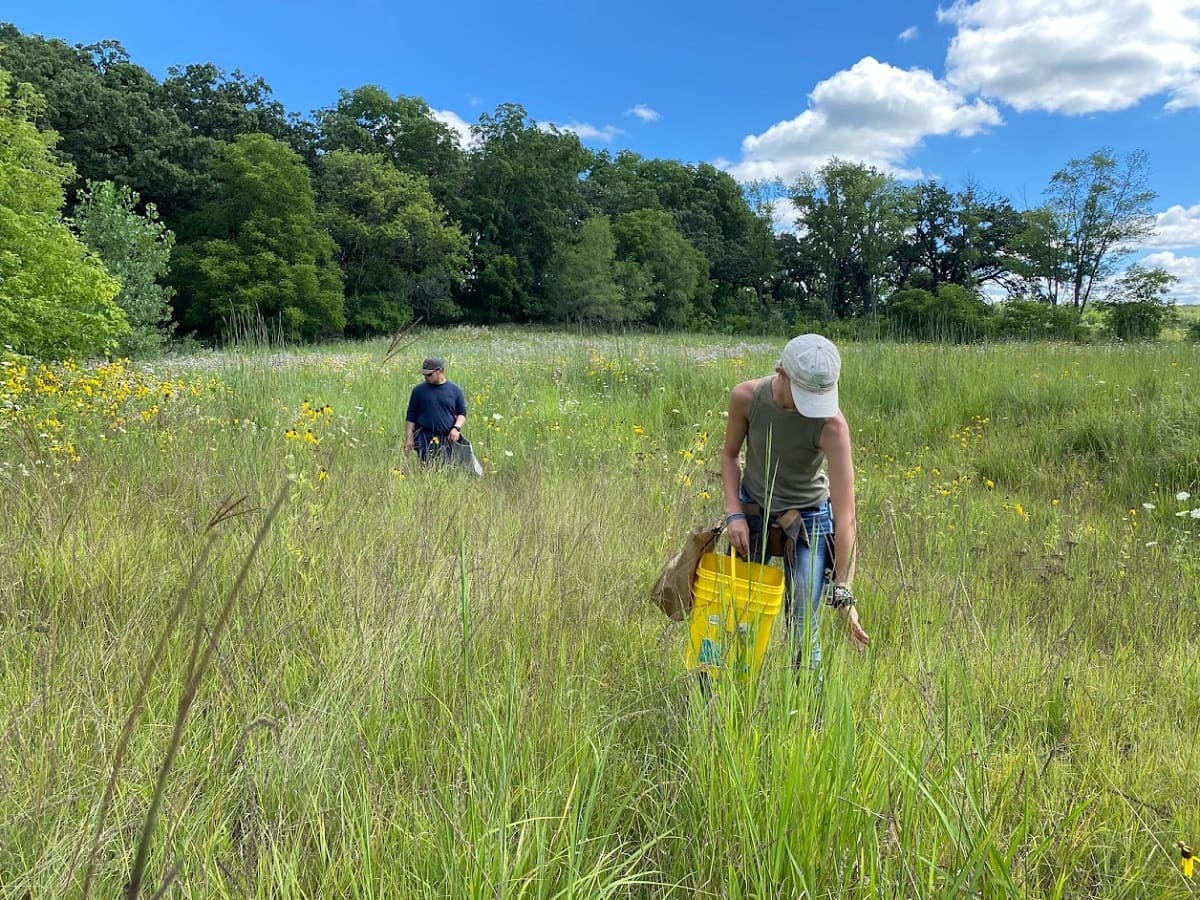
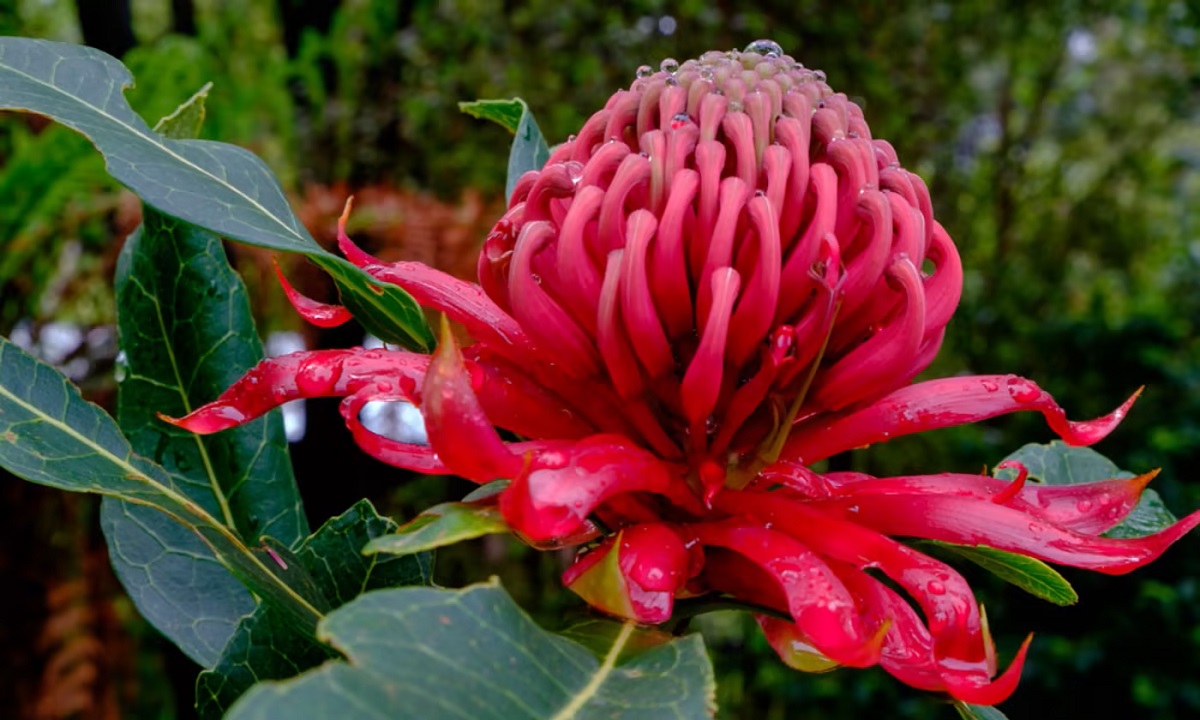

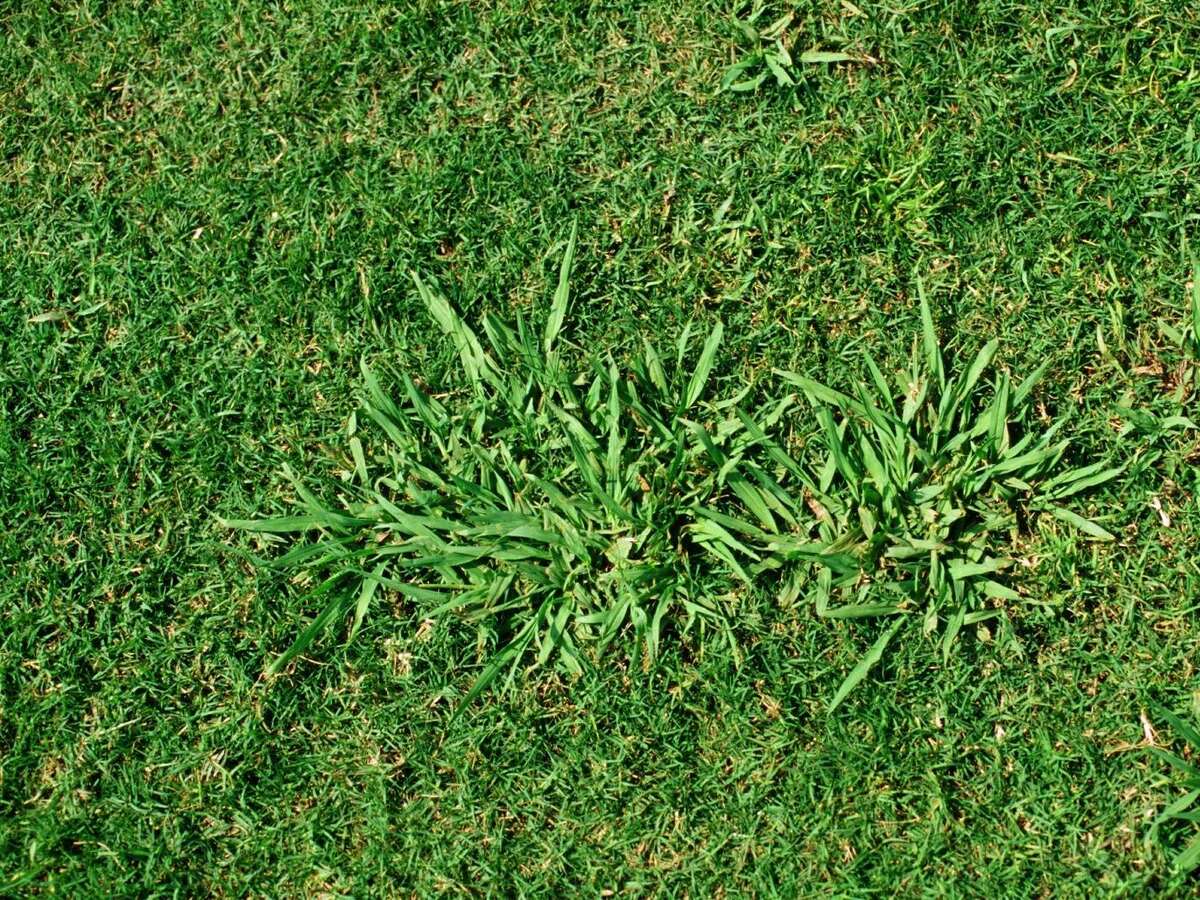
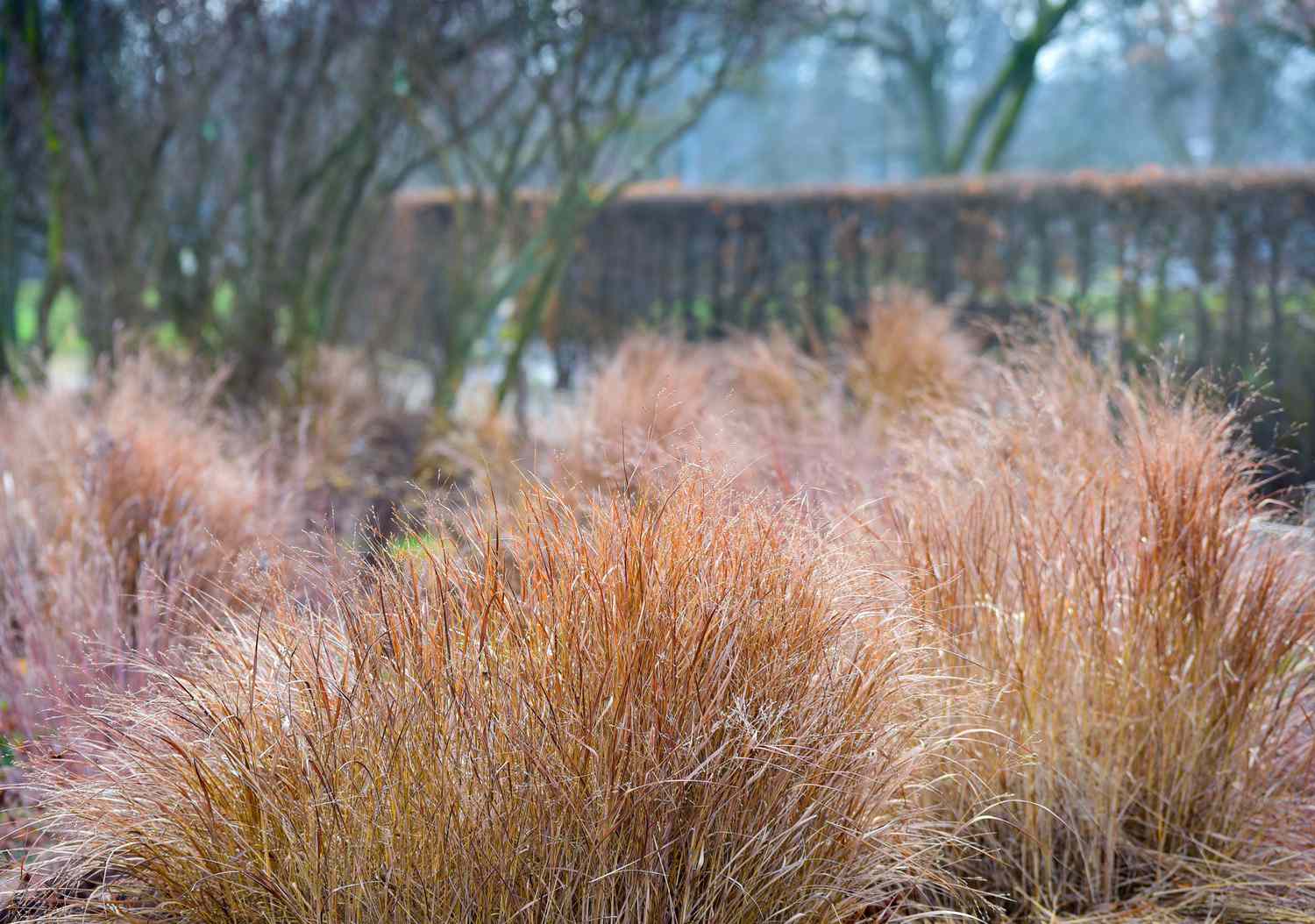
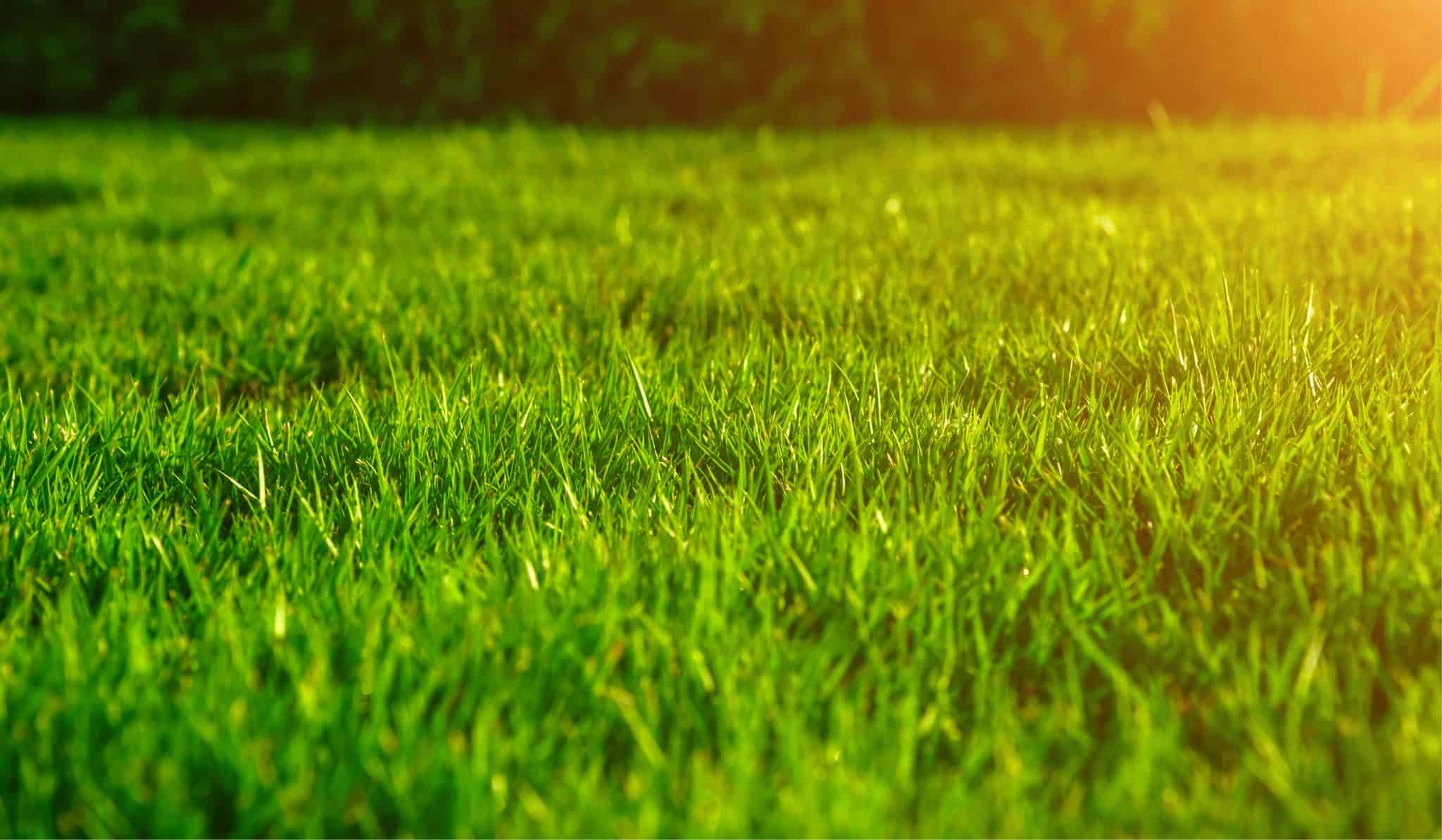
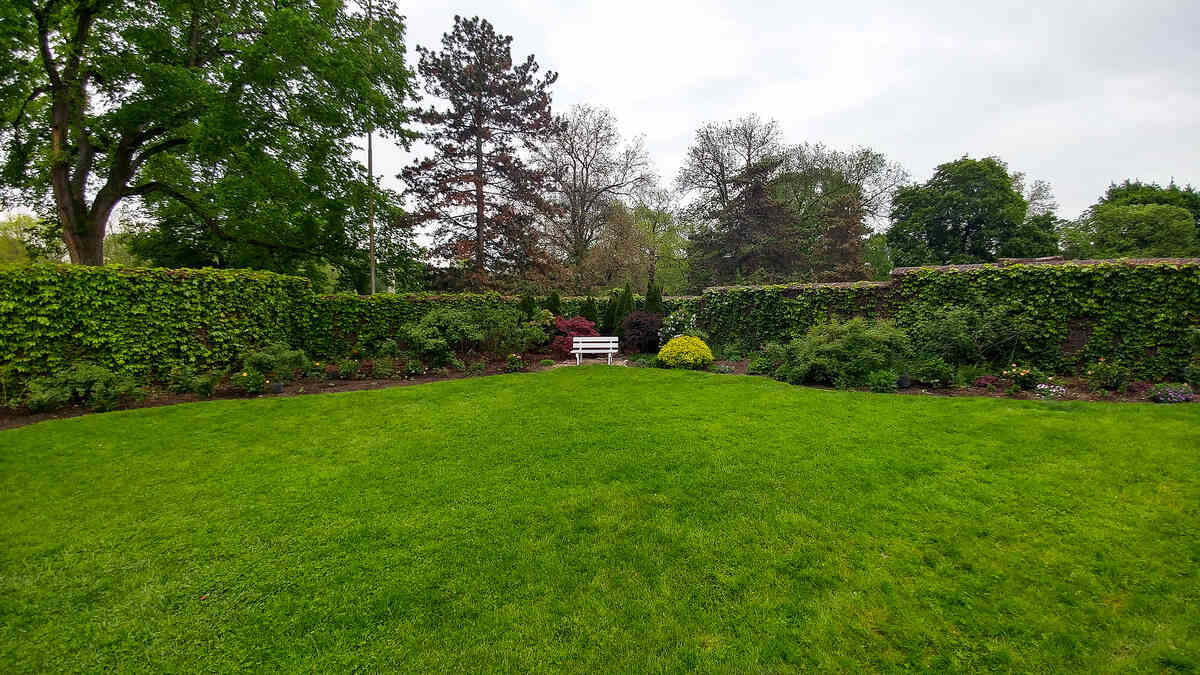
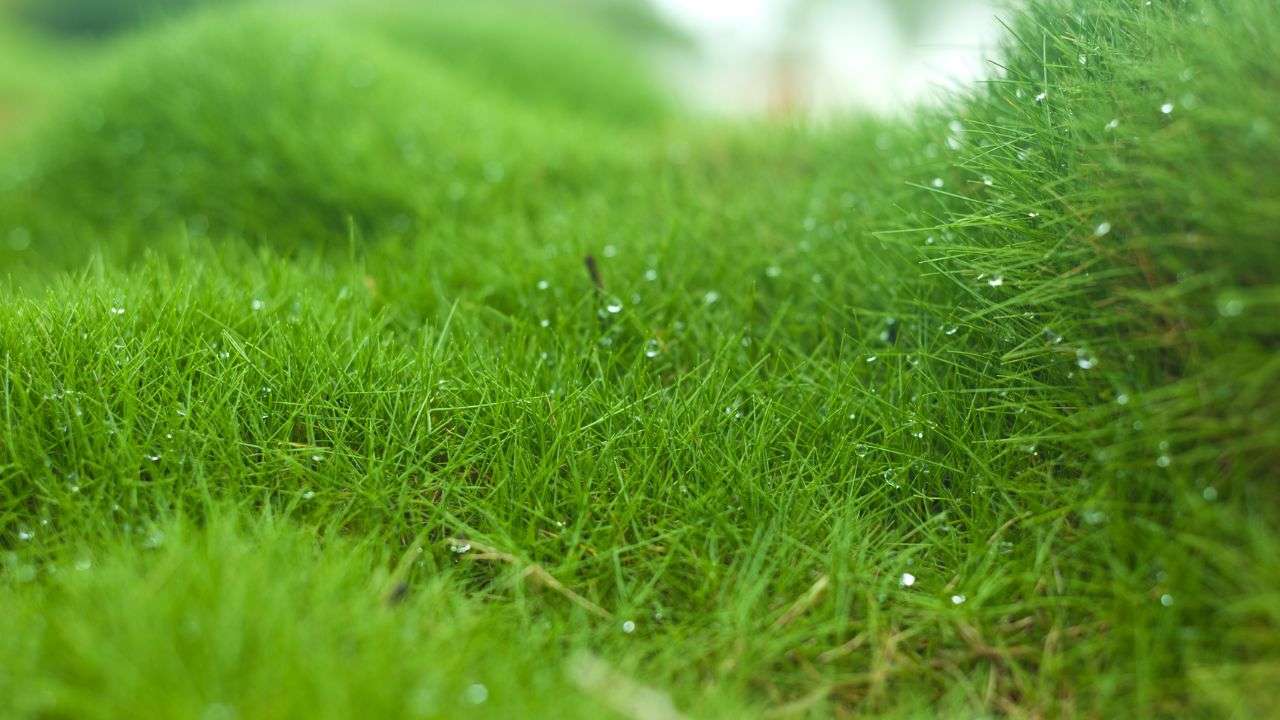
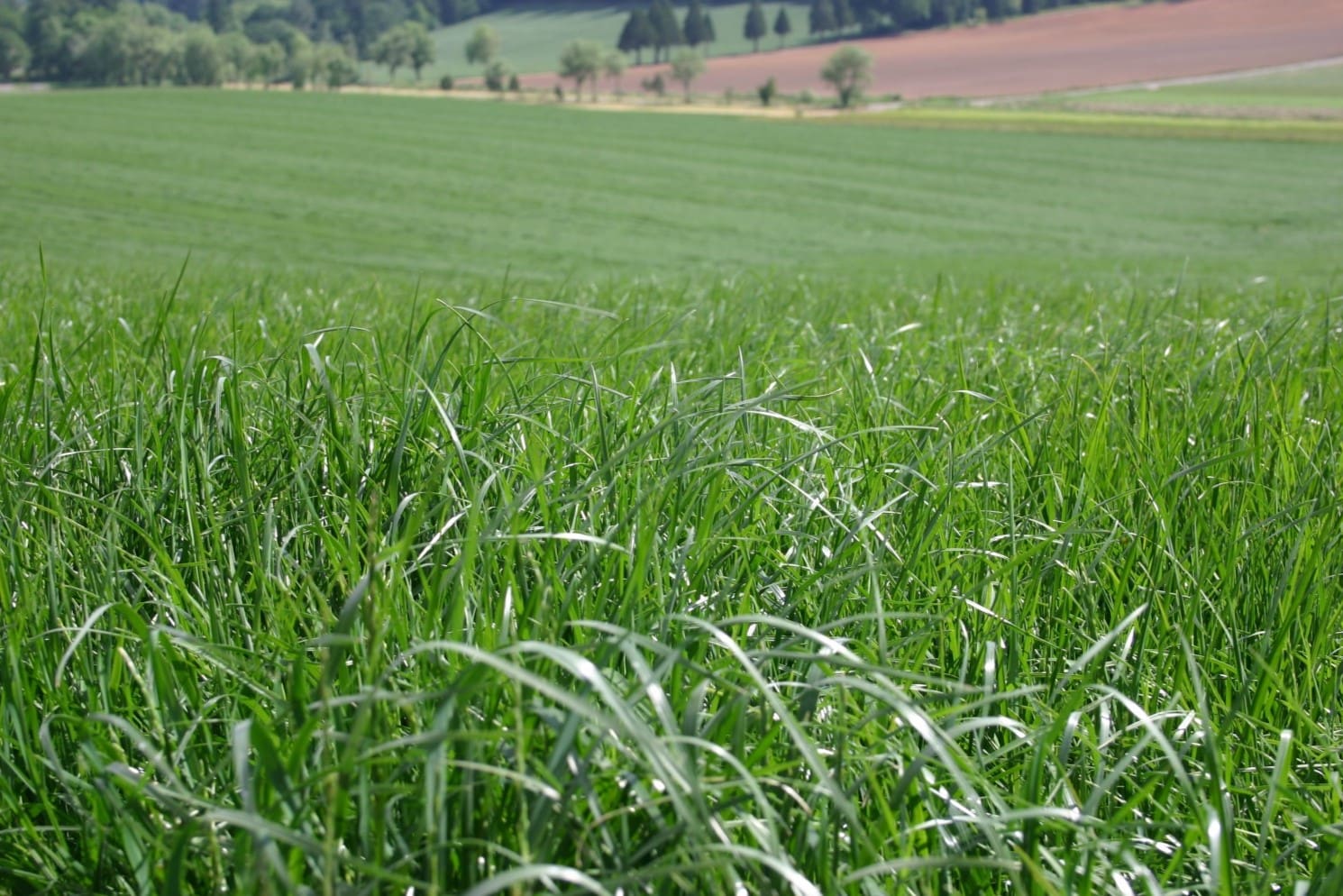
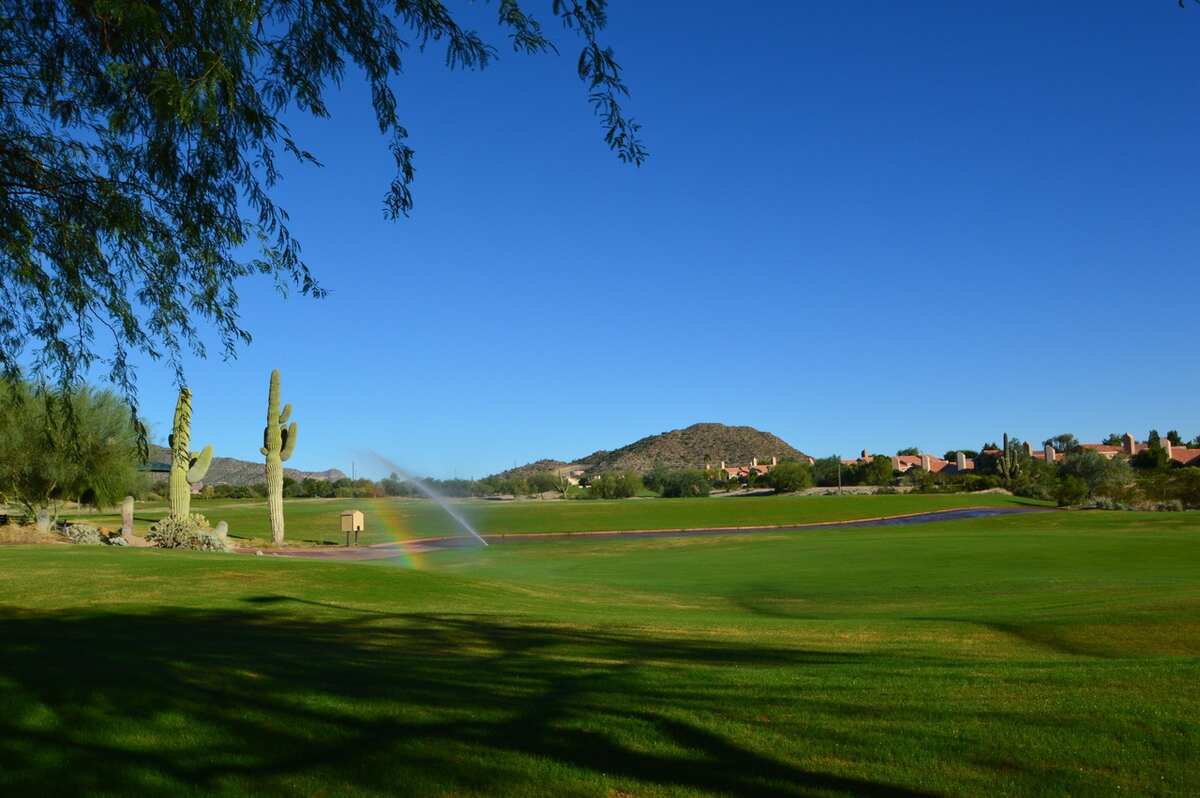


0 thoughts on “When To Plant Native Grass In Kansas”